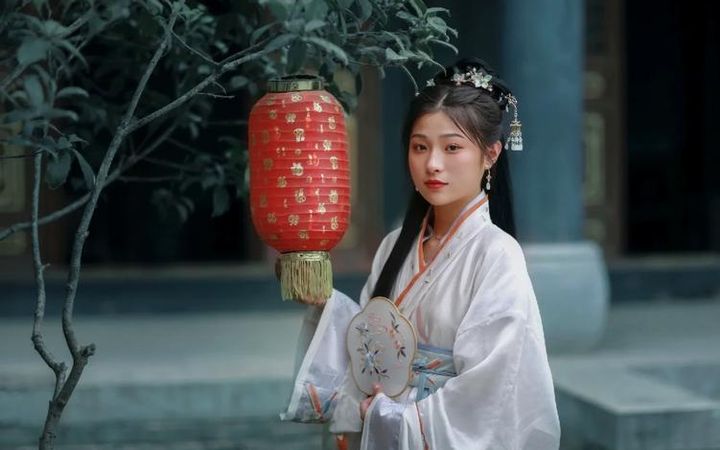Hanfu, an abbreviation for “Han ethnic clothing,” is a time-honored traditional attire that holds a significant place in Chinese history and culture. It embodies the unique charm and essence of the Han nationality, captivating people with its grace and splendor.
Rich History
The origins of Hanfu can be traced back to the Yellow Emperor period, over 4,000 years ago. Throughout the long course of Chinese history, Hanfu has continuously evolved and developed through different dynasties. Each era has bestowed its own distinctive styles and characteristics upon Hanfu.
During the Han Dynasty, Hanfu reached a pinnacle of popularity and sophistication. It was widely worn by people from all walks of life, playing an essential role in both daily life and ceremonial occasions. The elaborate designs and fine craftsmanship of Hanfu during this period reflected the prosperity and cultural achievements of the dynasty.
Diverse Styles and Features
Hanfu comes in a wide variety of styles, each with its own unique charm. The ruqun, consisting of a top and a skirt, is known for its delicate embroidery and vivid colors. It often showcases intricate patterns that symbolize different meanings and wishes.
The shenyi, a long robe, exudes simplicity and elegance. With its flowing lines and loose fit, it gives off an air of grace and tranquility. Shenyi is often made of high-quality fabrics, such as silk and satin, adding to its luxurious feel.
The aoqun, a combination of a jacket and a skirt, is another popular style. It features a more structured design and can be adorned with various accessories to enhance its beauty.
In addition to these main styles, there are also many other variations of Hanfu, such as the bijia (a short jacket), the pao (a long gown), and the yaoqun (a skirt with a train). Each style has its own specific features and details, reflecting the creativity and artistry of ancient Chinese clothing designers.
Cultural Significance
Hanfu is much more than just a piece of clothing. It is a profound carrier of Chinese culture, reflecting the values, aesthetics, and traditions of the Han nationality.
Wearing Hanfu can help people establish a connection with their cultural roots and experience a sense of pride and belonging. It serves as a reminder of the glorious history and rich heritage of the Chinese nation.
Hanfu also plays an important role in traditional ceremonies and festivals. For example, during weddings, many couples choose to wear Hanfu to pay homage to traditional Chinese marriage customs and express their respect for ancient culture.
Moreover, Hanfu has inspired countless forms of art and literature throughout history. Poetry, painting, dance, and other art forms have often depicted the beauty of Hanfu, further enhancing its cultural significance.
Resurgence in Modern Times
In recent years, there has been a remarkable resurgence of interest in Hanfu among young people in China. This trend is not only a fashion statement but also a cultural movement aimed at reviving and preserving traditional Chinese culture.
Many young people are actively involved in Hanfu-related activities, such as wearing Hanfu for festivals, cosplay events, and historical reenactments. They also form Hanfu clubs and organizations to promote the culture and exchange ideas.
The popularity of Hanfu has also led to the development of a thriving Hanfu industry. Designers are constantly creating new styles and designs, while manufacturers are producing high-quality Hanfu products to meet the growing demand.
Chinese Hanfu is a magnificent traditional clothing that holds great cultural value. Its long history, diverse styles, and profound cultural significance make it an important part of China’s cultural heritage. As more people become aware of and interested in Hanfu, it is expected to continue to play a vital role in promoting Chinese culture and enhancing national identity.